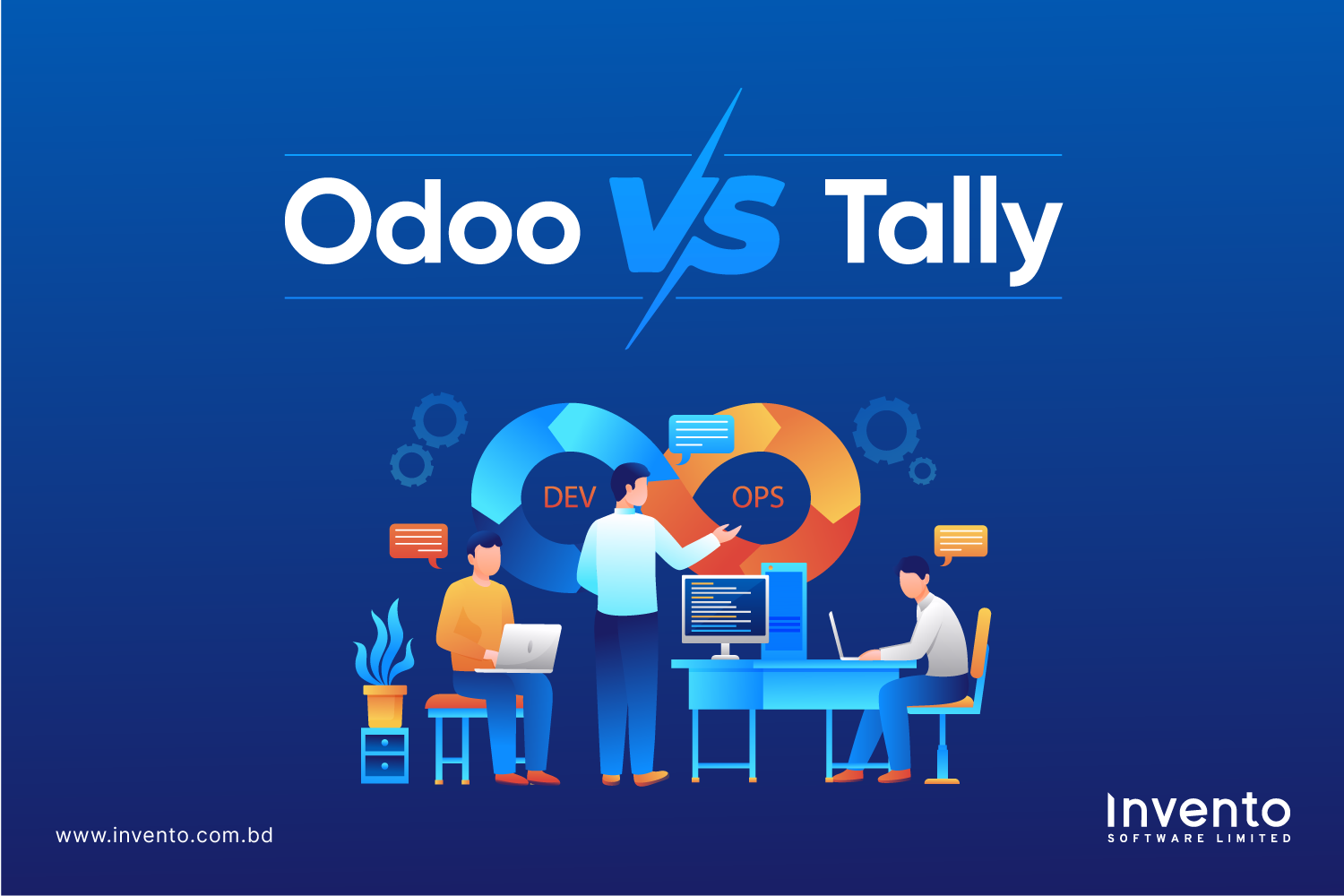In today’s fast-changing business world, companies are always searching for smarter ways to get work done faster and more efficiently. One of the most effective modern staffing solutions is team augmentation. This approach allows organizations to expand their workforce quickly with skilled professionals without the need for long-term hiring commitments. Whether you are running a startup or managing a large enterprise, understanding how team augmentation works can help you save time, cut costs, and achieve better project results.
What Is Team Augmentation?
Team augmentation is a flexible hiring model that enables businesses to bring in external professionals to work alongside their existing in-house teams. Instead of hiring permanent employees, companies can “augment” their teams with skilled experts for a specific project or period of time.
In simple terms, it’s like temporarily adding the right people to your team when you need extra support. These professionals might come from specialized agencies or outsourcing companies and can work remotely or on-site, depending on the company’s preference.
For example, if a company needs to build a new website but lacks a front-end developer, it can hire an external expert through team augmentation. Once the project is completed, the contract ends, and the company doesn’t have to carry the cost of a full-time employee.
This approach is becoming increasingly popular in the IT, software development, and digital marketing sectors, where project-based work and fast adaptation are crucial.
Why Companies Choose Team Augmentation
The popularity of team augmentation continues to rise across industries because of its ability to combine flexibility, efficiency, and access to specialized talent. Unlike traditional hiring or outsourcing, this model gives organizations the freedom to strengthen their workforce exactly when and where they need it. It helps businesses stay agile, reduce operational costs, and maintain consistent quality in their projects—all without long-term commitments.
Let’s explore the major advantages of team augmentation in detail:
1. Filling Skill Gaps Without Long-Term Commitments
Every organization, no matter how large or experienced, faces skill gaps from time to time. For example, a software company might need a data scientist for just one analytics project, or a marketing firm might need a skilled video editor for a campaign. Hiring a full-time employee for such temporary roles isn’t always practical or cost-effective.
Team augmentation solves this problem by allowing companies to hire professionals only for the duration of a project or specific tasks. You can bring in highly skilled specialists who meet your immediate needs and release them once the project is complete.
2. Maintaining Full Control Over Projects
One of the main differences between team augmentation and full outsourcing is control. In outsourcing, the external vendor manages the project independently and makes key decisions on behalf of your company. However, in team augmentation, you remain in charge. The augmented professionals work directly under your management and follow your internal processes, project goals, and communication structure.
This control gives you the confidence to ensure that the work meets your quality standards and aligns with your company’s vision. It also makes it easier to track progress, provide feedback in real time, and adjust tasks or priorities whenever needed. Essentially, team augmentation helps you expand your team without giving up leadership or decision-making authority.
3. Faster Project Execution and Increased Productivity
In a business environment, speed often determines success. When deadlines are tight or workloads suddenly increase, team augmentation provides a quick and effective solution. You can instantly bring in experienced professionals who are ready to contribute from day one.
Since these experts are already trained in their respective fields, they don’t require lengthy onboarding or additional supervision. They can immediately integrate into your workflow and start producing results. This not only speeds up project delivery but also boosts overall productivity for your in-house team.
4. Flexibility and Scalability
Another major advantage of team augmentation is its unmatched flexibility. Businesses today often experience fluctuating workloads, sometimes projects pile up, and at other times, things slow down. Traditional hiring doesn’t allow much room for such adjustments, but team augmentation does.
With this model, you can easily scale your team up or down based on your business needs. For example, you can add more developers during a product launch phase and reduce the team size once the product goes live. This level of scalability helps you manage your resources more efficiently and avoid paying for idle employees during slower periods. The flexibility also extends to the type of talent you hire.
5. Cost Efficiency
Cost control is one of the biggest reasons why companies choose team augmentation. Hiring full-time employees involves several hidden expenses beyond salaries such as training, health benefits, taxes, bonuses, and workspace costs. When you choose team augmentation, most of these overheads disappear.
You only pay for the work done and the duration of the engagement. There’s no need to worry about employee benefits or other long-term financial commitments. This makes it a financially smart option, especially for startups or small businesses that need to maximize value within a limited budget. Team augmentation helps maintain quality while significantly reducing overall project expenses.
6. Access to Global Talent and Specialized Expertise
Team augmentation breaks geographical barriers and opens doors to a global pool of professionals. Companies are no longer limited to hiring talent within their city or country. Instead, they can collaborate with experts from different parts of the world who bring unique skills and fresh perspectives to the table.
For instance, a company in Bangladesh can hire UI/UX designers from Poland, developers from India, or data analysts from the Philippines, all working together virtually as one team. This access to diverse expertise gives businesses a competitive advantage, especially when they need rare technical skills or innovative thinking.
It also fosters cross-cultural collaboration and innovation, as professionals from different backgrounds often bring new ideas and problem-solving approaches that benefit the entire organization.
7. Better Adaptability to Market Demands
Market conditions can change overnight, and businesses that can’t adapt quickly risk falling behind. Team augmentation provides the agility needed to respond to changing demands. If a new project opportunity arises or a client requests faster delivery, you can immediately scale your workforce to handle it.
This adaptability helps companies stay competitive and meet tight deadlines without compromising quality. It also gives business leaders the confidence to take on more ambitious projects, knowing they can quickly strengthen their team when necessary.
8. Knowledge Sharing and Collaboration
Beyond operational benefits, team augmentation brings a cultural and intellectual advantage to organizations. When external experts join your team, they often introduce new tools, methodologies, and problem-solving techniques that can inspire your existing employees.
This exchange of knowledge encourages innovation and continuous learning. Your in-house team gains exposure to global best practices and new perspectives, while the augmented professionals also benefit from understanding your company’s internal systems and culture. Over time, these shared experiences help build a stronger, more efficient workforce that’s capable of tackling complex challenges together.
9. Reduced Risk and Simplified Hiring
Hiring new full-time employees is always a long-term decision that involves risk. You might spend months recruiting and training someone, only to find that they’re not the right fit for the role or the company culture. Team augmentation minimizes this risk because you can evaluate professionals in real-world scenarios before committing to longer contracts.
Additionally, the hiring process itself becomes much easier. The augmentation partner handles screening, vetting, and administrative tasks, allowing you to focus on your core business instead of recruitment challenges. If a team member doesn’t meet expectations, you can quickly request a replacement without any lengthy HR complications.
How Team Augmentation Works
The process of team augmentation typically follows a few simple but strategic steps. Let’s go through how it works from start to finish.
Step 1: Identifying Business Needs
The first step is to analyze your current team and identify skill gaps. You should determine which roles or skills are missing and how long you’ll need them. For instance, if your software development team lacks UI/UX design expertise for an upcoming project, you can plan to hire designers through team augmentation.
Step 2: Choosing the Right Partner
Once you know what you need, the next step is to find a reliable team augmentation provider. These companies have access to a pool of qualified professionals and can match you with experts who meet your technical and cultural requirements.
Step 3: Selecting the Right Talent
After you choose a partner, they will provide a shortlist of candidates based on your project needs. You can then interview and evaluate these professionals to ensure they fit your team.
Step 4: Onboarding and Integration
Once selected, the external professionals join your team and start working under your management. They collaborate directly with your internal employees and use your company’s tools, systems, and communication channels.
Step 5: Managing the Workflow
You remain in full control of the project. Unlike outsourcing, where a third party manages the project, team augmentation allows you to lead and supervise the work. The augmented professionals function as part of your in-house team.
Step 6: Completion and Offboarding
After the project is completed or the contract period ends, the augmented professionals are released. If you need them again in the future, you can easily rehire them through your provider.
This seamless process helps maintain continuity, efficiency, and control, without the long-term obligations of traditional hiring.
Different Types of Team Augmentation
Team augmentation can be categorized based on the duration of engagement and the type of skills required.
Short-Term Augmentation
This type is used when you need extra help for a short period. It is perfect for small projects or busy times. For example, if your company faces a sudden increase in work, you can hire extra developers to finish the tasks quickly or fix urgent software problems.
Long-Term Augmentation
Long-term augmentation is for projects that last for several months or even years. Companies use this when they want a steady team to support ongoing work. It is also useful if a project requires specialized skills for a long time, such as building a new software product or maintaining complex systems.
Skill-Based Augmentation
Skill-based augmentation focuses on hiring experts who have specific skills that your current team may not have. For example, you can bring in a data analyst to handle complex reports, a UI designer to improve your app’s interface, a software tester to ensure quality, or a digital marketer to boost your online presence.
Team Augmentation vs. Outsourcing
Many people confuse team augmentation with outsourcing, but they are not the same. In outsourcing, an entire project is handed over to an external company. The external team manages, develops, and delivers the final product independently.
In contrast, team augmentation means the external professionals become an extension of your in-house team. You remain in charge of management, communication, and project direction.
So, if you want to maintain full control over your project while still adding expertise, team augmentation is the better option. But if you prefer to hand off an entire process to a third party, outsourcing might be more suitable.
Industries That Benefit from Team Augmentation
Team augmentation started in the technology sector, but today it is widely used across many industries. It allows companies to quickly bring in extra skills and support without hiring permanent employees. This approach is flexible and cost-effective, helping businesses handle busy periods, special projects, or skill gaps.
1. IT and Software Development
The IT and software development industry is the most common user of team augmentation. Companies often need extra developers, software testers, and DevOps engineers to meet project deadlines or manage ongoing operations.
For example, if a software company has a new product launch coming up, it can hire additional developers for a few months. This ensures the project is completed on time without putting too much pressure on the existing team. Team augmentation also helps in maintaining software systems and fixing urgent technical issues quickly.
2. Digital Marketing
Digital marketing teams often face sudden spikes in work during big campaigns or product launches. Marketing agencies and businesses can augment their teams with SEO specialists, content writers, and social media managers for these busy periods. This temporary support allows them to run campaigns efficiently without hiring permanent staff.
For instance, a business preparing for a holiday marketing campaign can hire extra experts to create content, manage social media, and optimize online ads for a few weeks.
3. E-commerce
E-commerce companies experience seasonal increases in demand, such as during sales or holiday seasons. To manage this, they often use team augmentation. Online retailers can hire extra developers to improve their websites, customer support agents to answer questions quickly, and data analysts to study sales trends. This ensures that the website functions well, customers are satisfied, and sales targets are met even during peak periods.
4. Design and Creative Services
Design and creative industries frequently rely on short-term projects. Businesses can hire freelance designers, video editors, or copywriters to complete specific tasks.
Think of a company that may need a video editor for a product launch or a designer to create marketing materials for a new campaign. Team augmentation allows businesses to get specialized creative work done without committing to long-term hires.
5. Finance and Accounting
Even finance and accounting firms benefit from team augmentation. During busy times, such as audits or reporting seasons, companies can hire temporary financial analysts or accountants. This helps them handle extra work efficiently and meet deadlines without overloading their permanent staff.
Imagine an accounting firm which can bring in extra experts during tax season to manage client filings on time.
Final Thoughts
Team augmentation is more than just a hiring strategy. It’s a modern approach to building stronger, smarter, and more flexible teams. It allows businesses to get the right talent at the right time, maintain full project control, and reduce costs.
Whether you’re a growing startup or a large enterprise, adopting team augmentation can give you a competitive advantage. It bridges the gap between traditional hiring and outsourcing by combining flexibility, efficiency, and expertise, all in one model.
In short, team augmentation works because it empowers organizations to stay agile in an unpredictable world, giving them the freedom to focus on what matters most: innovation, productivity, and growth.
FAQs
1. When should a company use team augmentation instead of hiring full-time employees?
A company should use team augmentation when it needs extra help for a short time or for a special project. It’s also a good choice when deadlines are tight or when the in-house team is already busy. This way, you can quickly add skilled people without the long process of hiring permanent staff.
2. What problems can happen with team augmentation and how to solve them?
Sometimes there can be problems like communication gaps, time zone issues, or different work styles. To fix this, teams should have clear communication, use online tools like Zoom or Slack, and hold regular meetings. Giving proper instructions and welcoming new members also helps everyone work better together.
3. How can you tell if team augmentation is working well?
You can tell it’s working well if projects are finished on time, the quality of work is good, and the company saves money. Happy team members and smooth teamwork are also signs that the team augmentation plan is successful.







